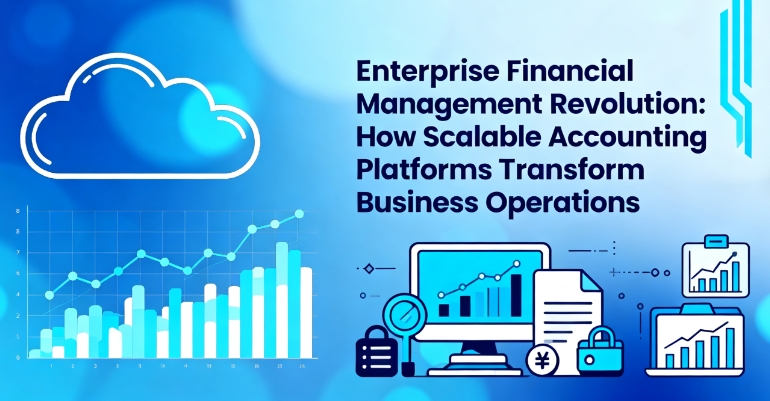Advantages and Core Features of Financial Management Software
This article explores the key features and benefits of financial management software, emphasizing its role in streamlining accounting, asset oversight, investment tracking, and fund management. Suitable for businesses and finance professionals, it highlights how integrated, automated solutions can improve accuracy, efficiency, and decision-making in financial operations.

Advantages and Core Features of Financial Management Software
Financial management software is a versatile tool designed to streamline the handling of financial information for both businesses and individuals. It can function as part of a broader Financial Information System or operate independently. Essentially, this software aids in managing ledgers, transactions, and financial records efficiently.
Comprehensive financial software encompasses various functionalities tailored for current needs and future growth. Its key features include budgeting, asset oversight, account control, bookkeeping, and transaction management, contributing to accurate financial tracking.
This software often integrates seamlessly with other systems, enhancing operational efficiency. It is primarily used by finance professionals to optimize financial processes, especially within large corporations, as the software’s effectiveness depends heavily on accurate data input. Proper implementation can minimize errors, safeguard profits, and maintain precise records. Understanding these core features is essential before investing in such solutions.
Financial management software often integrates with third-party systems to expand its capabilities. It is most effective when managed by financial experts who can guide its development and deployment. Large enterprises utilize advanced software to handle complex financial data, which relies heavily on robust data entry. Accurate and timely data input is crucial for leveraging its full potential, enabling accurate record keeping, reducing manual errors, and safeguarding profits. Understanding its features and benefits is vital for maximizing investment in this technology.
Core Features of Financial Management Software
– The central feature is its accounting module, allowing users to input data and generate reports effortlessly. User-friendly interfaces enable non-finance professionals to operate the software without extensive terminology knowledge. Below are four key features.
– Data integration and storage enable retrieval of transaction data, synchronized updates, and re-categorization of investment information. Custom reports can evaluate asset performance, grouping investments for detailed analysis.
– Asset oversight tools track future payments, debt conversions, and loan maturities. Features include payment schedule management, interest rate adjustments, deferred payments, and maturity extensions, facilitating seamless financial updates.
– Pipeline management provides summarized insights into potential investments, including source tracking, approval status, capital allocation, and pricing targets. It enhances effective decision-making and timing analysis for investments.
– Fund oversight capabilities help project and analyze investment funds. They facilitate cash flow forecasts, scenario analysis, and distribution planning, supporting strategic fund development and balance sheet management.
Advantages of Financial Management Software
– These tools identify investment opportunities, monitor cash flow, and evaluate leverage impacts, enabling better decision-making. Centralized modeling aids in fund analysis and comparison.
– Automated reporting reduces manual errors and supports larger investment scales without losing analytical depth. Portfolio managers can therefore oversee performance more effectively.
– Precise data tracking allows analysts to predict financial performance accurately. The software helps manage accounts, distinguish expenses from income, synchronize transactions across banks, credit cards, and investments, and generate comprehensive financial and tax reports.
Note:
This informational content spans various areas, offering insights and practical knowledge. Readers should use it as a resource rather than a definitive guide, as data accuracy may vary across sources. We recommend verifying details for specific offers or schemes, as they might be more advantageous elsewhere.










